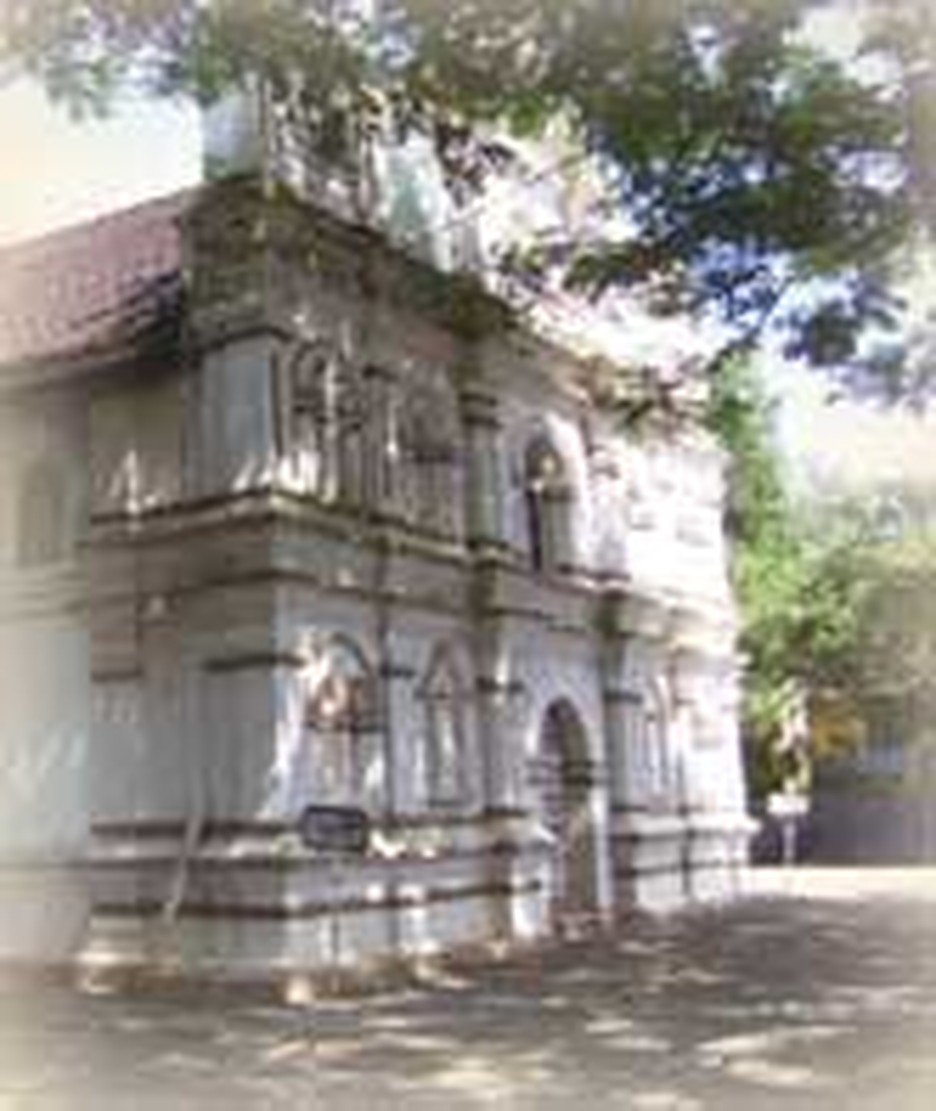
The origins of Christianity in India are lost in legend and the obscurity of centuries. One thing is certain: the gospel reached India early on.
When Europeans arrived in the 15th century, they found churches already in existence with thousands of Christians. Christians had become a caste and their faith was strongly tinged with Nestorian thinking.
The Portuguese sent a missionaries to India. Trinitarians, Franciscans, Dominicans and Jesuits found their way to the Asian subcontinent and sought to win converts to Christ. For the most part they were successful only with pariahs and low castes. This was true of the most famous Roman Catholic missionary to India, Francis Xavier, who had his greatest success among an already nominally Christian group of fishermen. He learned enough of their language to translate a few key texts: the Lord's prayer, the Ten Commandments, a catechism and the Apostle's Creed. With this smattering of gospel, these Christians remained vital for generations.
For the most part, the villainy of the Portuguese explorers and conquerors led upper class Indians to despise the faith they espoused. Furthermore, the fact that most Christians were of the lower castes caused the higher Indian castes to shy away from the religion. To counter this, one Catholic missionary, Madura Nobili, adopted the dress and life style of an upper class Hindu priest, ate like a native and complied with every Hindu custom which was not absolutely contrary to the Bible. Furthermore, he taught the people in their own languages. Despite these admirable efforts to "become all things to all men" that he might win some to Christ, he had little success with the elite.
Other Catholics concentrated on winning earlier Christians into the Roman fold. These were concentrated along the Malabar coast and were known as the Church of St. Thomas from whom they claimed their origin. According to a strong tradition, Thomas was martyred in India; bones supposed to be his were preserved in a church.
Unknown to Alexis de Menzez, Archbishop of Goa, these offspring of Thomas' mission were under the Catholic patriarch of Chaldea. Menzez held a synod at Diamper on this day, June 20th, 1599, to correct what he termed the lapses and errors of the Indian Christians. His methods were arbitrary and high handed, revealing a colonial mindset. He even unilaterally changed the articles after they had been adopted by the whole assembly.
Six hundred and sixty Indian lay Christians and one hundred thirty of their Christian leaders gathered at the synod and accepted the Menzez articles. According to observers they did not understand what they were signing. Later India's Christians repudiated the Diamper agreement and had to be won back by the Roman church. The Roman church does not accept the validity of the synod.
Bibliography:
- Taylor, William. Story of My Life. 1895.
- Tisserant, Eugéne. Eastern Christianity in India a history of the Syro-Malabar Church from the earliest time to the present day. Authorized adaptation from the French by E. R. Hambye... Bombay: Orient Longmans, 1957.
- Synod of Diamper; Church of Udayamperoor. http://www.synodofdiamper.com
Last updated April, 2007.


